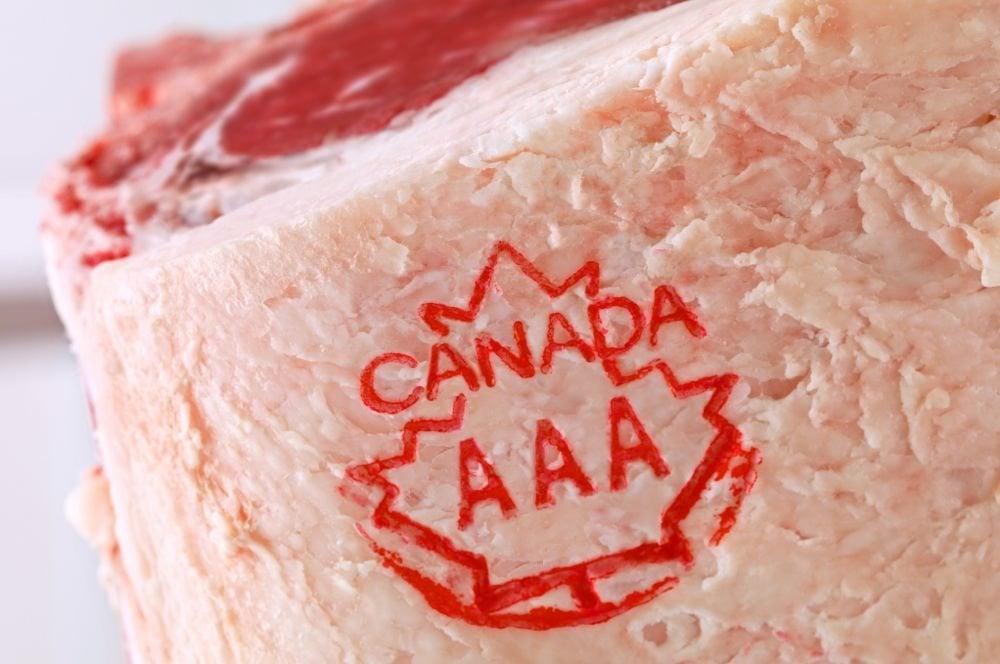Trade is a bright spot for the Canadian beef industry. We have seen incredible gains in our international trade file over the years. For our sixth straight year in a row, we’ve seen record growth in our exports. Exports have added C$1,044 per animal in value (five-year average) through selling into international markets. But this success isn’t without challenges. Canadian beef producers are still encountering trade barriers and the Canadian Cattle Association’s (CCA) board and staff are working to address these barriers to help grow the export opportunities available.
Read Also

The Canadian Cattle Association’s international advocacy efforts
Global ag policies affect Canadian food policy, so the Canadian Cattle Association participates in international and domestic forums
Diversification of market access without trade barriers is key to sustainable trade and growth of the Canadian beef sector and our entire economy. This applies both to existing trade agreements and bilateral negotiations that are currently underway with the U.K.
We value the strong relationship that we have with our largest trading partner, the U.S., and we must continue to invest in this relationship to help avoid any disruptions in our integrated beef supply chain — the biggest in the world. Early February brought the National Cattlemen’s Beef Association annual convention in New Orleans and another great opportunity to meet with our U.S. counterparts to discuss policy developments that could affect the flow of beef trade between our countries and explore the potential for further regulatory co-operation.
Much of our discussion focused on the “Product of the USA” amendment petitioned by the United States Cattlemen’s Association in 2019 that would see the Food Safety Inspection Service (FSIS) amend its labelling policy to ensure that any beef product labelled as “Product of the USA” be derived from cattle that are born, raised and slaughtered in the U.S. While FSIS denied the petition, there was an acknowledgement that the current labelling policy may be confusing as animals born, raised or slaughtered in another country could still be labelled as “Product of the USA.”
United States Department of Agriculture Secretary Vilsack has stated on numerous occasions that FSIS will address this issue through proposed regulatory changes. This is of great interest to CCA as the content and timing of the proposed regulation remain unclear, and these changes could negatively affect exports of Canadian beef and live cattle to the U.S. Domestic and international stakeholders have been assured that there will be a consultation period and CCA will be prepared to submit comments on the new proposed rules once available.
CCA is also monitoring efforts to revive mandatory country-of-origin-labelling, which has gained some momentum over the past two years. CCA is concerned about any program or regulation that can limit or hinder the integrated nature of our supply chain. It’s no secret that cross-border trade increases the value of cattle and beef for producers in both Canada and the U.S. This is especially true for operations in closer proximity to the U.S. or Canadian feedlots and processing plants.
While in New Orleans, we also attended a trilateral meeting with the U.S. and Mexico to explore areas of co-operation. An important topic of discussion was the critical need for investments in emergency planning and preparedness for disease outbreaks such as foot-and-mouth disease, which would have devastating consequences for the North American beef industry and economy. Collectively, we continue to push for sustained investments in foot-and-mouth vaccine banks in each country.
We are also closely monitoring developments on the bilateral negotiations between Canada and the U.K., as well as the U.K.’s accession into the Comprehensive and Progressive Trans-Pacific Partnership. The fifth round of the bilateral negotiations is slated for the same week as CCA’s annual general meeting in late March.
The current Canada-U.K. Trade Continuity Agreement is basically a replica of the Comprehensive and Economic Trade Agreement with the EU, with some gains being made in how Canada’s beef quota into the U.K. is administered. The continuity agreement was a temporary agreement made after the U.K. left the EU.
In the U.K. bilateral negotiations, Canadian beef needs to achieve reciprocal beef market access with the U.K., where both partners would have unlimited duty-free access to each other’s market. If this is not attainable, any tariff rate quota negotiated in an agreement must apply to both sides and be of an equivalent quantity in both directions.
Increasingly, we have witnessed non-tariff barriers making Canadian beef exports to the EU and the U.K. inaccessible. Canadian cattle producers continue to feel frustrated by the inability to capitalize on the trade potential in the EU and the U.K. For example, we have seen an increasing trade imbalance between Canada and the U.K. since 2019. In 2021, Canada had a -$8.7 million trade imbalance against the U.K. We are engaging with Canadian trade negotiators to share the position of the Canadian beef industry to ensure we get the best possible outcome for cattle producers.
Last, we continue to engage with Agriculture and Agri-Food Canada (AAFC) on the Indo-Pacific Strategy that was announced in late 2022. CCA is participating in the consultation process with AAFC on the development of an agriculture office in the region to ensure the needs of the Canadian beef industry are considered as plans move forward. The growth in population and wealth forecast for this area of the world point to opportunity for Canadian beef. We cannot let that opportunity pass.
I am looking forward to being back in Ottawa for our AGM from March 22 to 24. It will be great to reconnect with CCA board members, our staff and key stakeholders and continue essential discussions on issues of importance to Canadian cattle producers.
















